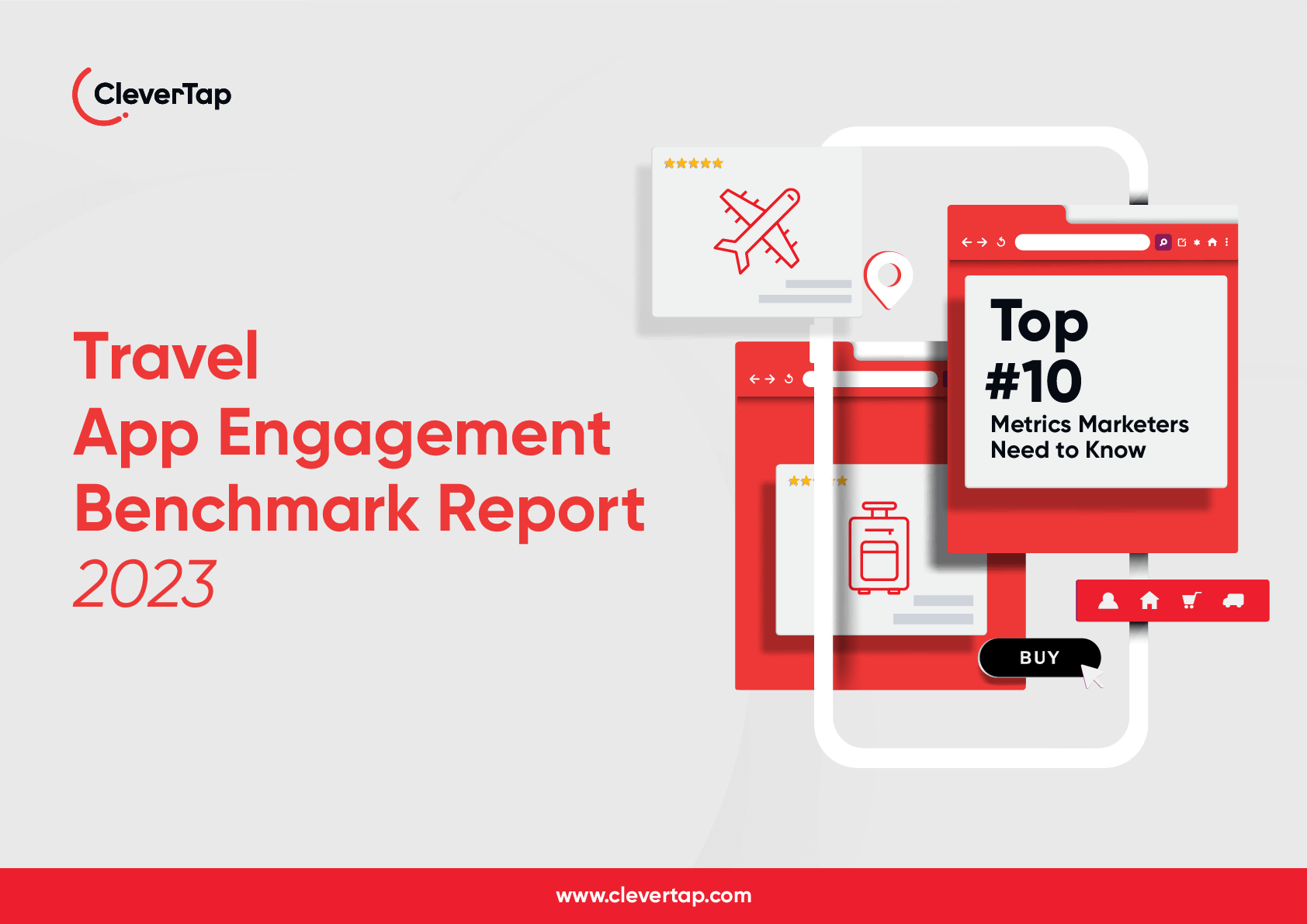Learn how you can Unlock Limitless Customer Lifetime Value with CleverTap’s All-in-One Customer Engagement Platform.

Carnival in Rio. Christmas markets in Germany. Aurora in the Nordics. The snow-covered Alps in winter. The ‘touristy seasons’ are all-consuming. But what about the rest of the year, the slow travel months? This is where travel apps struggle to attract and retain customers.
Users are spoiled for choice and they can quickly abandon your app if you don’t keep them engaged. An effective strategy to overcome this is to leverage creative offers during the slow travel season.
These seven creative campaigns will help you maintain a sustainable business year-round.
There’s a lot of competition around, so to capture user attention, travel apps need to get creative. Design personalized promotions to draw customers and build a loyal base, even during the slow travel season. Here are seven ways you can promote your brand:
When it comes to user engagement, email still rules. According to our study, the average email open rate for the travel app vertical is 35%. This can be your golden ticket if you put into place an editorial calendar that ensures consistent email newsletters come peak or off-peak season.
Be sure to use data-driven insights to deliver personalized newsletter content to your customers — tropical island getaways for the avid snorkelers, bed and breakfast weekends for the cozy weekend travelers, and so on. This way, you’ll see a quick spike in traffic.
If customers don’t want to travel in the off-season, then try sending them suggestions for stay-cations via push notifications. And to top it off, use location-based alerts to send them options for hotels nearby.
Currently, the CTR for travel app push notifications for Android users is 5.29% and 3.97% for iOS users. However, you can drive more clicks by personalizing the push notifications.
Use loyalty programs to keep customers coming back even during the slow travel season. You can offer special discounts, bonus points, and exclusive deals for your frequent users. Try offering a free coupon code in exchange for leaving a review or sharing your content on social media. Read on for more tips and examples of effective loyalty programs for mobile.
Another way to build loyalty is to ask for recommendations. Make your customers your biggest advocates through an affiliate program. Create an in-app affiliate link that can be copied and shared with one click. In exchange, offer them discounts, perks, exclusive access to an elite tier in your loyalty program. There are many ways to gamify and reward those who share affiliate links.
Make the best of the off-season by promoting special holidays or long-weekend travel suggestions. How about a gift certificate for Mother’s Day? Or a limited-time discount deal for a cottage in the hills? Everyone loves a good deal, no matter the season. Create campaigns to maximize those special events.
Break the monotony and give your users the thrill of vacationing like a movie star. Set-jetting is a relatively new travel phenomenon where customers actively seek out locations where a movie or show was filmed*. Shake up your marketing campaign by adding a little movie magic to your offers.
Wellness travel is on the rise and is not dependent on a particular season. However, the market is saturated with wellness offers such as yoga retreats. To stand out from the crowd, use a little creativity. Offer more novel holidays such as forest bathing, farming, and fruit harvesting.
Customers usually take one or two vacations a year. This can be a roadblock for travel apps looking to increase the lifetime value of their users. Incentivize your users to overcome this challenge. Send them deals, promotions, and early bird discounts to get them to keep returning to your app. You can even gamify your app to increase daily active users.
According to Google, 51% of smartphone owners use their devices for travel-related activities. This means you have a good chance of getting clicks on your push notifications. Leverage this tactic to highlight your incentives.
By constantly measuring the performance of these creative offers, travel apps can gain crucial insights into how to better target and appeal to customers. For this, you’ll need to constantly review your offers and tweak your messaging. Set monthly or even weekly reviews for these key metrics:
With this data, you’ll be able to pinpoint exactly where users are falling through the cracks in their buying journey. You’ll also understand which creative elements are performing – such as images, colors, messaging, and tone. Analyze user behavior and engagement data to optimize offer performance. Otherwise, it will be a wasted effort.
Today, “know your customer” goes beyond verifying their identity. You need to know their preferences, understand their buying behavior, and their pain points. This will help you scale your business even during the slow travel season.
CleverTap has created a detailed industry report on travel app engagement benchmarks. The key metrics in this report will help you to devise better strategies for the slow travel months and help increase the lifetime value of your users. Download your free copy now.

Travel App Engagement Benchmark Report